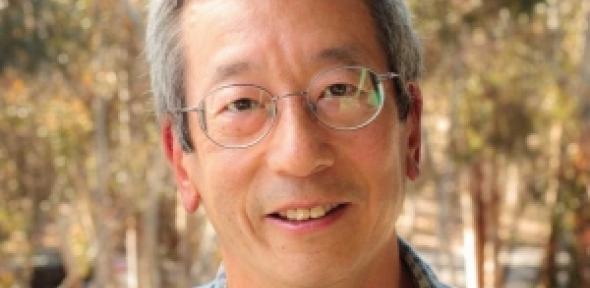
UC San Diego Health
Rogert Tsien, a former Todd Professor in this Department and co-winner of the Nobel Prize for Chemistry, died 24 August 2016.
Roger came to Cambridge from Harvard in the early 1970s to study for a PhD in the Physiology Department.
He decided that it was important to know the concentration of calcium in cells, and he had an entirely novel idea about how to measure it: using fundamental principles of physical organic chemistry, he developed organic dyes inspired by EDTA that twist when they bind calcium, dramatically changing the dyes' fluorescence. He found a way to protect the dyes so they could pass through the cell membrane without having to be injected.
Roger came to Chemistry in search of suitable lab facilities and practical advice on the synthesis of these dyes. He was encouraged and “supervised” by several of us, notably Andy Holmes and Gerry Smith, but his insights and his determination in the face of practical difficulty and skepticism in Physiology were inspirational.
Roger's original molecule, and its descendants, have transformed our understanding of the role of metal ions in cell biology. His three key Cambridge papers have been cited a total of over 5,000 times, while his 1985 paper describing the second generation of calcium dyes, has been cited over 20,000 times.
His Nobel Prize was for his more recent contributions on the discovery and development of the green fluorescent protein, GFP, but the original Cambridge work was surely Nobel-worthy too.
Roger was the most talented scientist I ever worked with, and he will be much missed.
Professor Jeremy K Sanders
